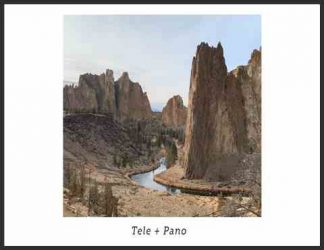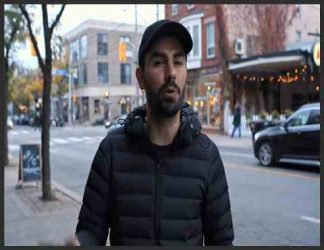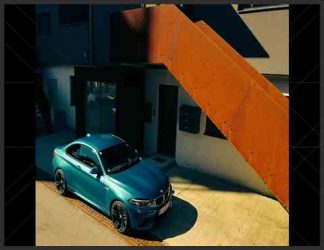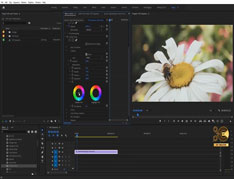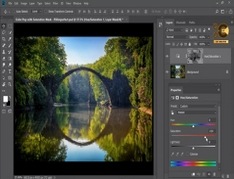You must need to login..!
توضیح
تقارن پویا , ترکیبندی و Henri Cartier Bresson (پارت اول)
برای دانلود رایگان تقارن پویا , ترکیبندی و Henri Cartier Bresson (پارت اول) با کیفیت full hd 1080p از پلیر سایت یا لینک زیر استفاده کنین
فریم در یک قاب
این یک مفهوم هنری است که عکاسان از نقاشان بلند می شوند ، که از یک قاب (مانند درب ، پنجره ، آینه ، طاق) در داخل قاب کلی استفاده می شود تا بیشتر یک شی / موضوعی را منزوی کند.
نکته اصلی استفاده از یک فریم در یک قاب این است که اطمینان حاصل کنید که این قاب از نظر شکل و خطوط از هم متمایز است و از نظر فوکوس تیز است. بلافاصله توجه بیننده شما دقیقاً به آنچه مورد نظر شماست با استفاده از این تکنیک می رسد ، توجه می شود.
زمینه را محو کنید
یک عکس می تواند یک پیش زمینه یا پیش زمینه تار داشته باشد ، بنابراین این خاصیت نوری ویژه می تواند با جدا کردن بیشتر موضوع اصلی از هر چیز دیگری در اطراف آن ، ترکیب عکس های شما را ارتقا بخشد.
شما می توانید پس از فرمان یا پیش زمینه با فرمان بر عمق میدان ، که توسط دیافراگم لنز ، فاصله کانونی و فاصله شی از لنز کنترل می شود ، محو شود.
تسلط بر این مهارت برای تصاویر جالب تر بسیار مهم است. دیافراگم های گسترده تر (f / 1.4 تا f / 2.8) به طور مؤثر DOF را کاهش می دهد ، همانطور که لنزهای با فاصله کانونی طولانی تر را انجام می دهند.
Frame within a Frame
This is an artistic concept that photographers lifted from painters, which one uses a frame (like a door, a window, a mirror, an archway) within the overall frame to further isolate an object/subject.
The key to using a frame within a frame is to make sure that the frame is distinct in shape and lines, and is in sharp focus. Your viewer’s attention will immediately be taken to exactly what you want them to see by using this technique.
Blur the Background
A photograph can have a blurry foreground or background, so this special optical property can enhance the composition of your photos by further isolating the main subject from everything else around it.
You can blur the background or foreground by having command over the depth of field, which is controlled by the lens’ aperture, focal length and object’s distance from the lens.
Mastering this skill is critical for more interesting images. The wider apertures (f/1.4 to f/2.8) effectively reduce DOF, as do longer focal length lenses.




